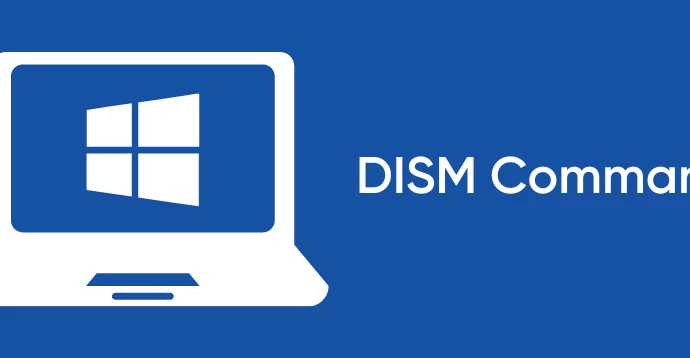1. What is DISM? (Introduction) The DISM command-line tool is critical for managing Windows image servicing., An integral part of Windows, DISM facilitates effective system image management and upkeep. The tool offers substantial help for IT specialists and system administrators managing numerous Windows deployments. 2. DISM – Features and Capabilities A diverse
1. What is DISM? (Introduction)
The DISM command-line tool is critical for managing Windows image servicing., An integral part of Windows, DISM facilitates effective system image management and upkeep. The tool offers substantial help for IT specialists and system administrators managing numerous Windows deployments.
2. DISM – Features and Capabilities
A diverse range of efficient features are available through DISM to facilitate image management. From within these files, users can mount and manage information using this software. Flexible tools are ideal for diverse deployment situations.
By utilizing .wim file capturing and splitting capabilities, dism’s enables the creation of personalized Windows setups tailored to individual requirements., DISM offers comprehensive management capabilities for Windows components within .wim files, .ffu files, or VHD images. Comprehensive control enables flexible Windows deployment adjustments by users.
3. DISM – and its application in image management explained.
Working with DISM’s to oversee images is a basic undertaking. Opening an Administrator Command Prompt is essential before executing dism’s commands. DISM commands typically follow this syntax:

Image by https://truegazette.com/
To begin, users can start with the basic command to get information about a specific image:

Image by https://truegazette.com/
Offline servicing is possible with dism’s by mounting a Windows image, which simplifies changes without altering the running OS. The command to mount an image looks like this:

Image by https://truegazette.com/
4. With DISM – configure, update and maintain
dism’s forte is its skill in setting up, tailoring, and refreshing Windows attributes. Customers can incorporate or remove bundles, drivers, and improvements through basic yet effective directives. Here are some examples:
To install a specific package from a folder:

Image by https://truegazette.com/
To uninstall a package:

Image by https://truegazette.com/
Updating packages can also be achieved through DISM -, ensuring the system remains up-to-date with the latest patches and improvements:

Image by https://truegazette.com/
5. DISM: A substitute for legacy deployment technologies
The olden days saw the use of PEimg, Intlcfg, ImageX, and Package Manager for Windows deployment. Legacy tools lack the comprehensive capabilities of dism’s. Its diverse image type handling, offline capabilities, and feature management make it the leading option for contemporary Windows deployments.
Conclusion,
DISM significantly streamlines the Windows image maintenance procedure. Diverse image formats can be managed seamlessly through Dism’s IT experts and system managers can benefit significantly from Dism’s capabilities when operating offline images or live systems.
Using Dism’s streamlines and personalizes Windows deployments, simplifying intricate procedures for massive rollouts. Unlocking Dism’s full potential can significantly streamline your deployment process.

















Leave a Comment
Your email address will not be published. Required fields are marked with *